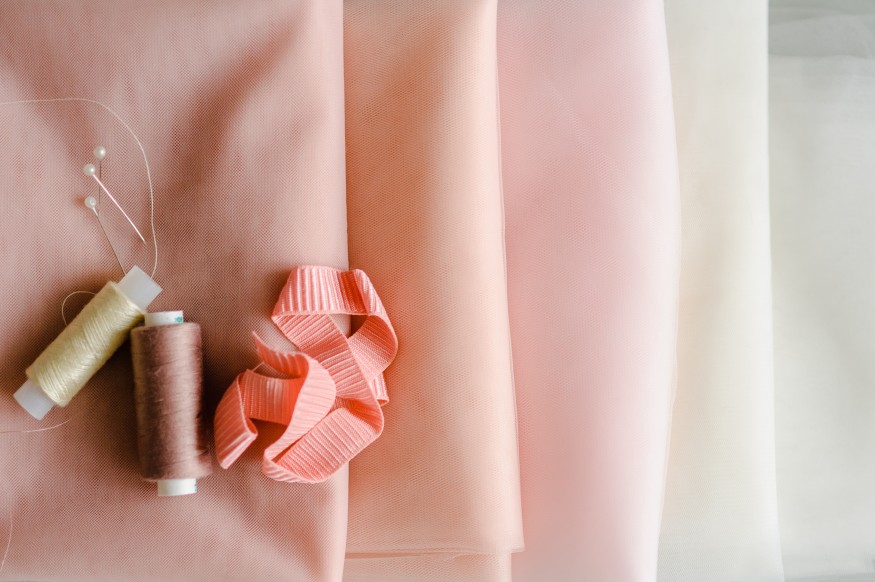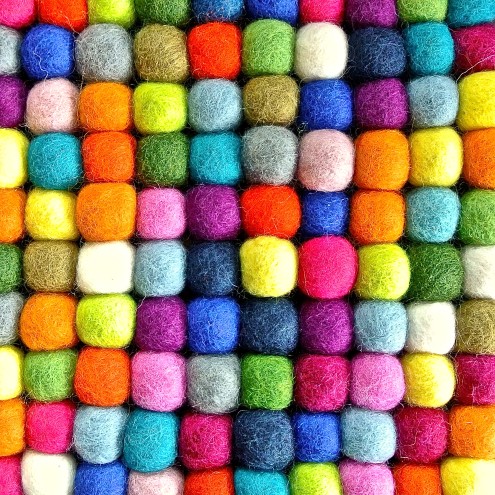The fabric texture determines whether textile clothes are comfortable. The softness of the fibers that make up the fabric and the ability of the skin to breathe is what determines how comfortable a garment is. The most comfortable fibers are silk, cotton, linen, silk, chiffon, and flannel.
Cotton is the most used fabric
Cotton is the most popular textile fabric, accounting for about 75 percent of all clothing products produced around the world. It is highly absorbent and breathable, making it a great choice for warm-weather clothing. Its versatility makes it a popular choice for business and formal wear, and its excellent drape makes it a perfect choice for dresses. It is also used in the manufacture of industrial thread and medical supplies. Cotton is a great choice for clothing and home furnishings such as curtains and wall hangings.

Cotton is a natural fiber, which has been grown for more than 7,000 years. It can be woven into a variety of fabrics. Its breathable quality helps keep the wearer cool in the summer and warm during the winter. It is also strong, easy to clean, and long-lasting. It is also the most commonly produced cash crop in the United States.
The primary advantages of cotton are its light weight and breathability. It is extremely soft and has similar heat retention properties to silk. Although cotton is less durable than wool, it has a high tensile force, making it an excellent choice for textile clothing. Cotton is a great fabric to sew for your loved ones or yourself.
Cotton is also the most commonly used fabric for textile clothes. It is a natural fiber that contains no synthetic compounds. It is derived from the fibers surrounding cotton seeds, which emerge in a fluffy, round formation when they are fully mature. The first evidence of cotton fibers being used in textiles dates back to at least 5000 BC. This is when the Indus Valley Civilization spanned the Indian Subcontinent from 3300 to 1300 BC.
Polyester is the least comfortable
When comparing the two most popular textiles, cotton is the most comfortable. Although polyester is less comfortable, it is widely used. The cotton is softer and more breathable, while polyester is harder and has a rougher feel. Polyester is not recommended for shirt shopping. Instead, choose cotton. Polyester is also less compressible than cotton, which makes it harder to wear in hot weather. Polyester can be softened with additives to make it suitable for casual wear.
Polyester is also not the most comfortable fabric because it is not breathable. Since polyester has a very low air permeability, it cannot pass moisture from your body. It also traps hot air, causing discomfort if the fabric is next to your skin. If you have dry skin, polyester can be a great choice because it has a low static electricity level.


